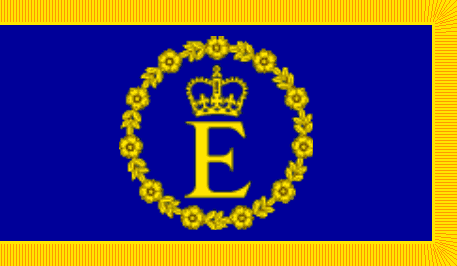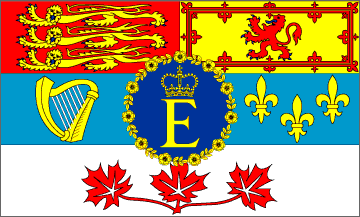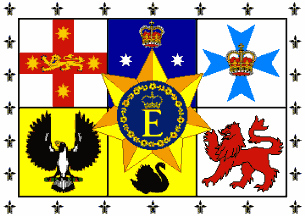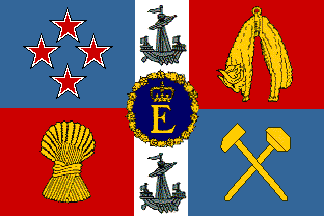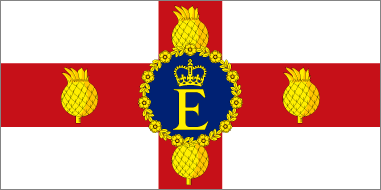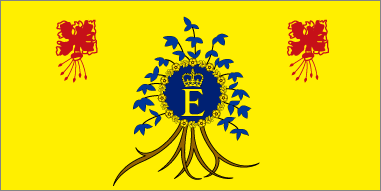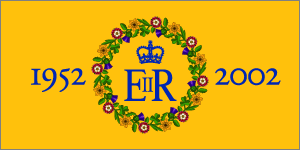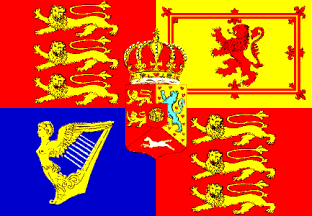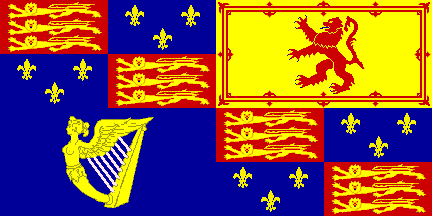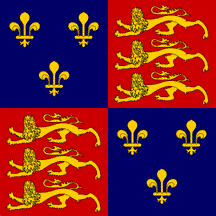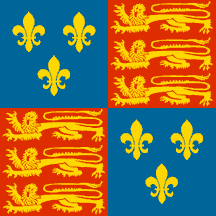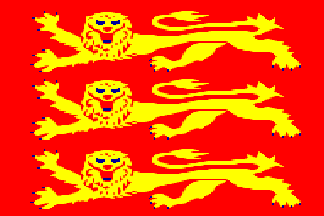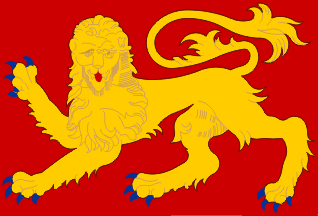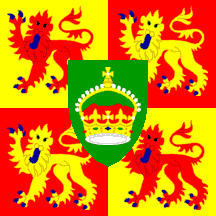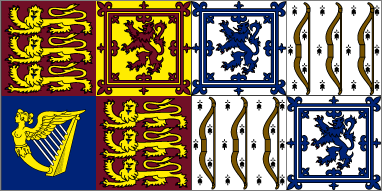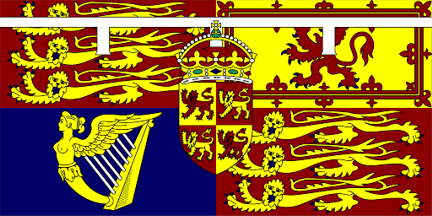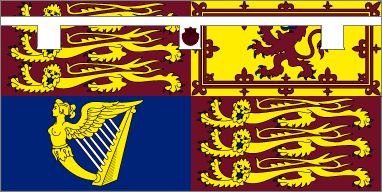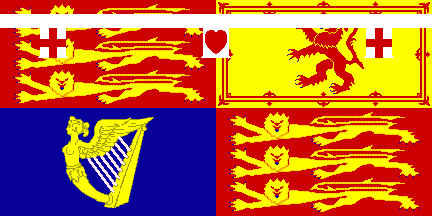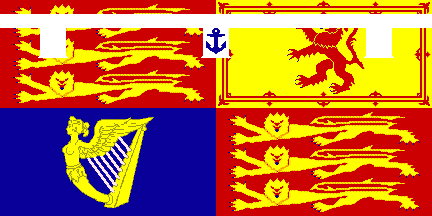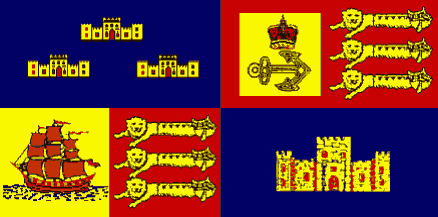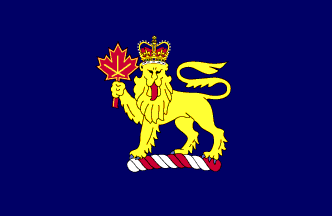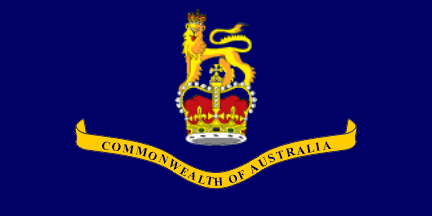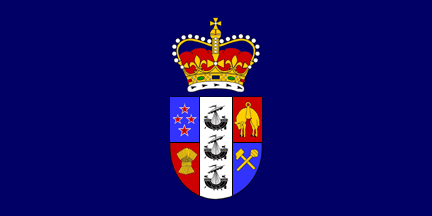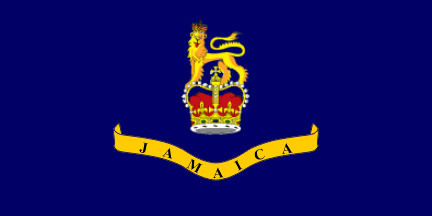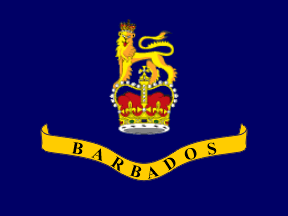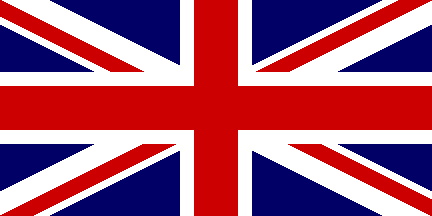Yeomen of the Guard: The Oldest Extant Military Corps in the World
 The "Queen's Body Guard of the Yeomen of the Guard" are a bodyguard of the British Commonwealth Monarch. The oldest extant British military corps, and indeed the oldest military corps in existence in the world today, it was created by Henry VII in 1485 at the Battle of Bosworth Field. As a token of this venerability, the Yeoman still wear red and gold state dress of Tudor style, equipped with a Wilkinson Sword on the left hip, and an eight-foot Partisan carried in the right arm.
The "Queen's Body Guard of the Yeomen of the Guard" are a bodyguard of the British Commonwealth Monarch. The oldest extant British military corps, and indeed the oldest military corps in existence in the world today, it was created by Henry VII in 1485 at the Battle of Bosworth Field. As a token of this venerability, the Yeoman still wear red and gold state dress of Tudor style, equipped with a Wilkinson Sword on the left hip, and an eight-foot Partisan carried in the right arm.
History of the Queen's Body Guard
"The history of the Queen's Body Guard can be tentatively traced back to the armed personal guards of the Saxon and Norman sovereigns. However, its real historical origins are found in those who were charged with guarding the Plantagenet rulers of eight hundred years ago. These latter guards however, were known by various designations, such as “Cross Bowmen of the Household,” and “Archers of the Guard of the King’s Body,” and were often created anew by the Monarch on his accession. It was King Henry VII, the first of the Tudor dynasty, to make his Royal Body Guard a permanent institution and confer on it a definite title, a title it continues to hold.
Since its creation as a permanent Corps, the Body Guard of the Yeomen of the Guard has an absolutely unbroken history of over 520 years; for even during the brief period of The Commonwealth between 1649-1659 it continued to serve with King Charles II during his enforced absence in France, and at the Restoration accompanied him on his return to England, took its historic place in his triumphal entry into London, and stood around him at his immediate Coronation."
- from Yeomen of the Guard's new Official Site
The Yeomen of the Guard are not Beefeaters
The Queen's Body Guard of the Yeomen of the Guard should not be confused with the Yeomen Warders who are permanently employed as custodians of the Tower of London and protector of the Crown Jewels, a duty the venerable Warders have carried out for many centuries. The Tudor uniform of the Queen's Body Guard and the Yeomen Warders state dress are practically identical, the only apparent difference is a crossbelt which is worn by the Queen's Body Guard and was used centuries ago to support a long barrelled rifle called a Harquebus.
As it states on the bodyguard's website, the present Yeomen of the Guard "no longer carry the harquebus, or a quiver of arrows with the long-bow of by-gone days, or indeed protect the body of the Sovereign in its true meaning, but we are as proud and certainly no less loyal to our Sovereign, because, we are:The Queen’s Body Guard of the Yeomen of the Guard (The Body Guard)."
Read the full article >>
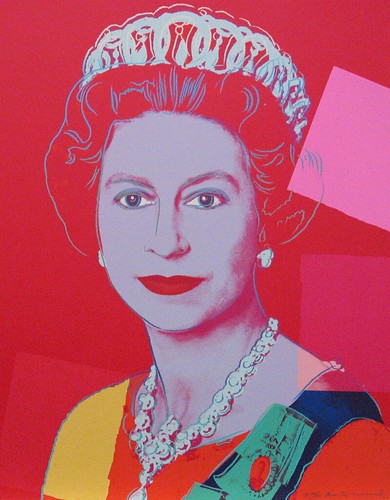 Vice-Regal Saint:
Vice-Regal Saint: 







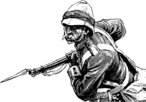
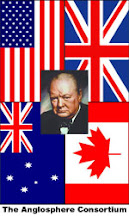







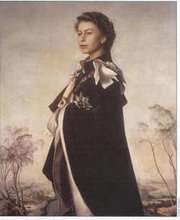


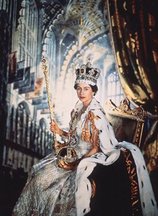
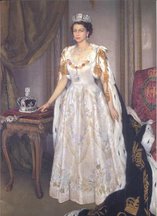

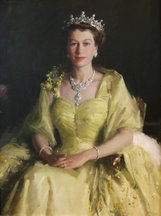
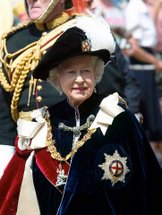

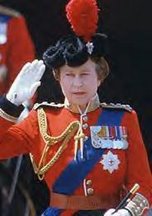











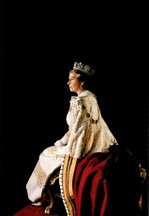



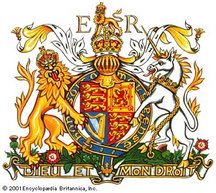

.gif)
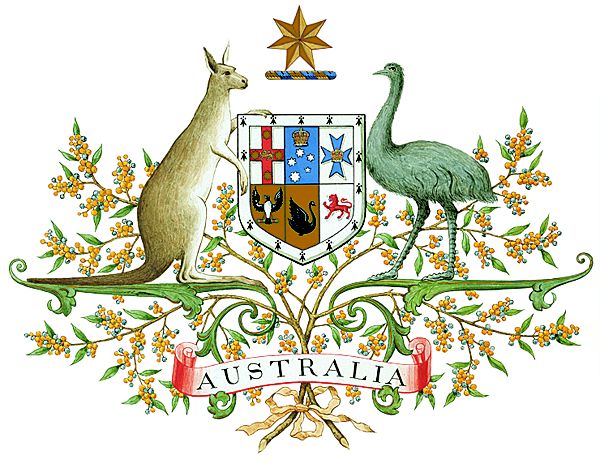
.gif)

